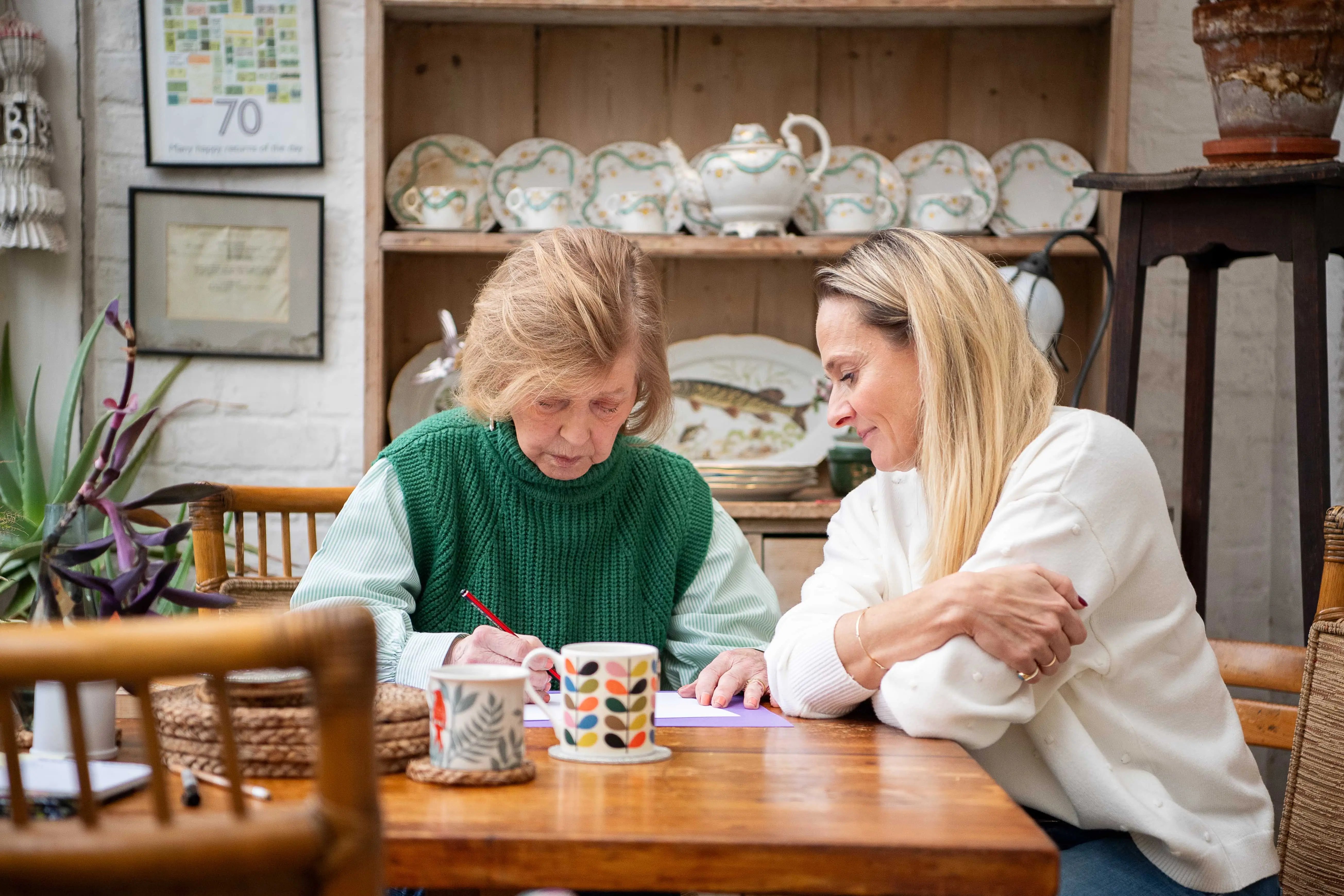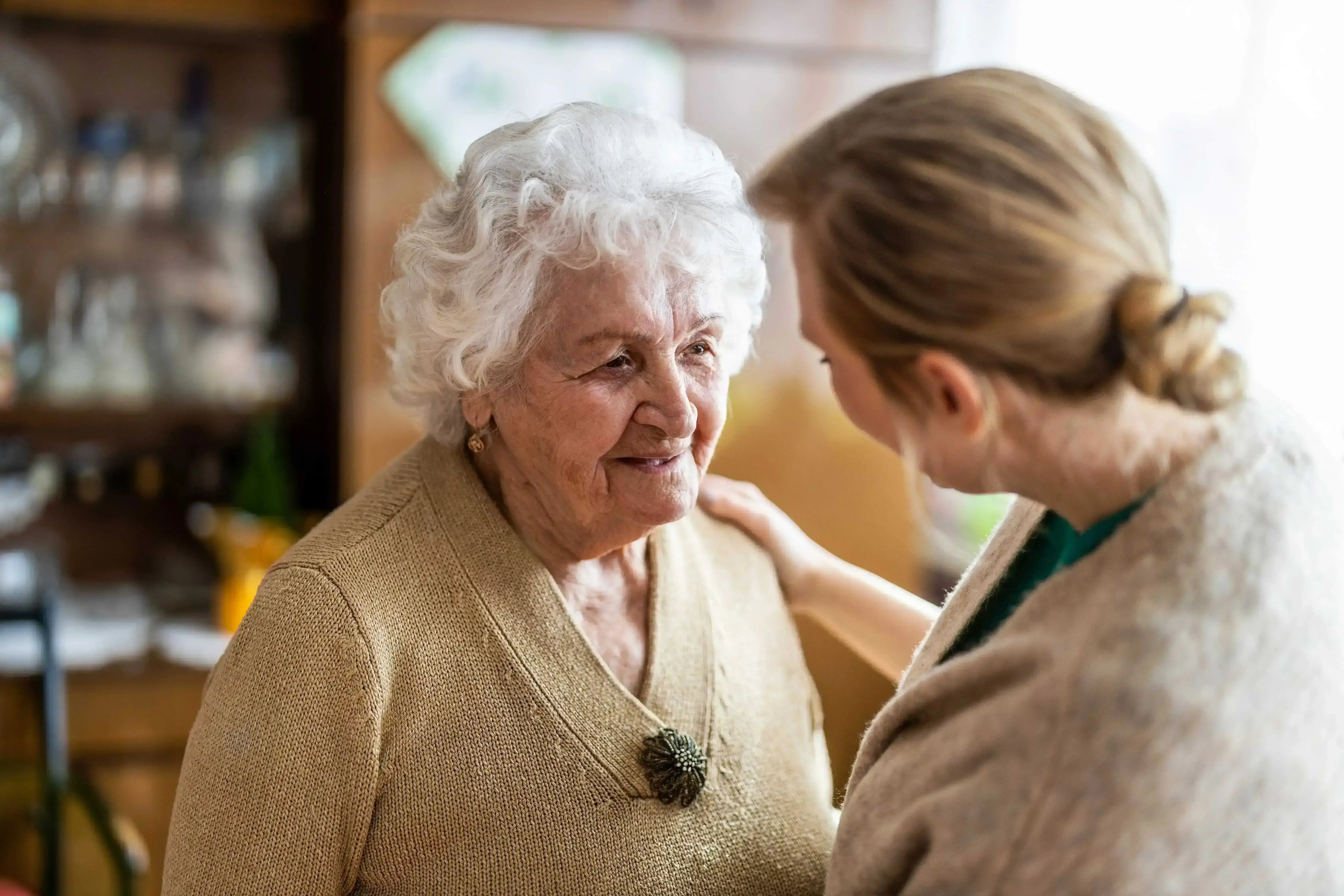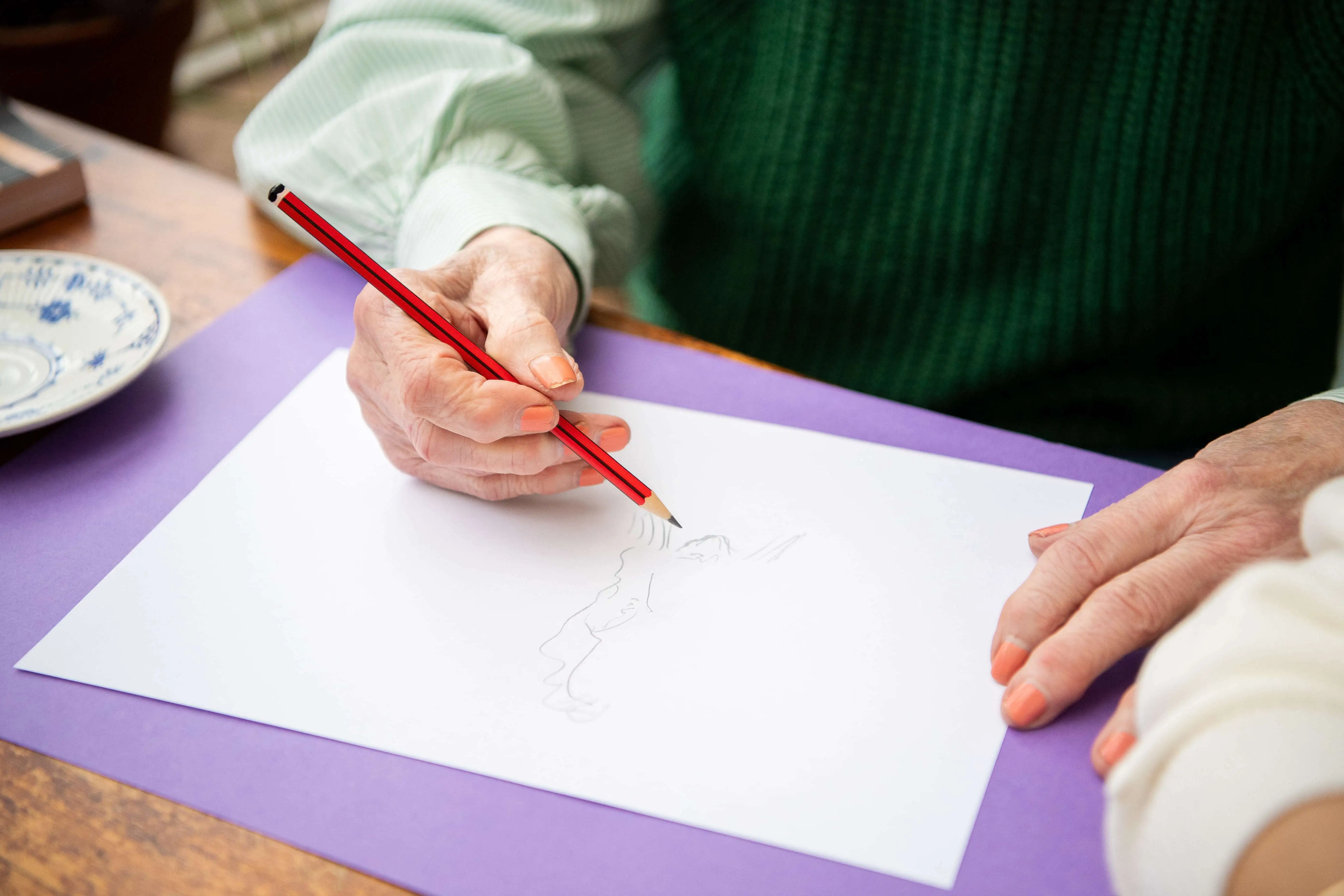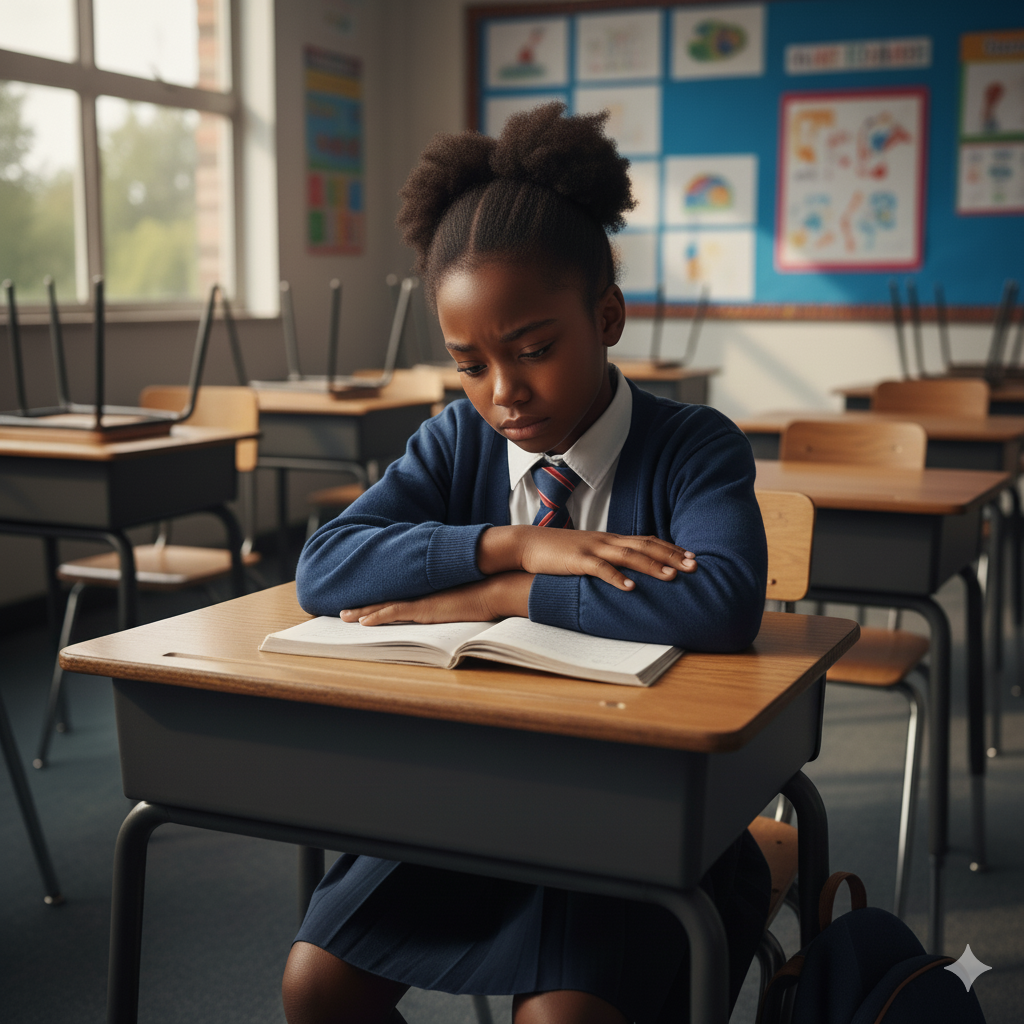
LIFELONG THERAPY LEARNING:
-
Learn more

Drawing and Talking offers a non-directed and unintrusive approach for older adults to explore and communicate emotions.
Learn more
Creators of a global proactive intervention intended to complement rather than replace the work of Specialist Mental Health Services
Caring for older adults
-
Courses
Drawing and Talking provides an empathetic approach that supports older adults in connecting and processing emotions where other methods are unavailable or fall short.

Our training and support team's dedication to high-quality service offers you reassurance and peace of mind in this care approach.
Individuals
Creators of global proactive intervention intended to complement rather than replace the work of Specialist Mental Health Services.
Organisations
Our flagship courses are designed to equip delegates to work with children and adults immediately after training allowing a healing process to begin.
- Blog
- Find a practitioner
- Contact us
- Book now
It’s not just the children who need support – Your well-being is also
.jpg)
Do not deal well with plans changing last minute?
Changing plans can be stressful for all of us, this can be especially difficult for a child who suffers from anxiety. Unfortunately this can be as big as moving house, death, divorce or even the little things for example cancelling a playdate or the wrong breakfast cereal
Anxious children constantly feel like they are not in control of their surroundings, this can manifest in many different ways. Some children may get angry others could be scared to show their feelings and may try to constantly be on their “best behaviour”.
.jpg)
Does he or she get very angry and or try and keep the peace?
Just like adults children with anxiety tend to worry more, these feelings can become very overwhelming for a child. Depending on the age of the children and the experiences they have had these worries can be extreme and generally out of their control.
All children benefit from a routine and this is very true of an anxious child, when this changes last minute without warning or discussion the child may react badly. This could show itself in many different ways including anger, panic, fear or sickness.
It is very important for a child to feel like they belong and also have good make good friendships and connections, this can be particularly difficult for a child with anxiety issues. It may not come naturally to them to start up conversations and or deal with social environments in and out of school. If they do not have the right tools to hand when they are young / primary school age this could only get worse in secondary school where generally speaking the class sizes / and year groups are bigger.
Find it hard to switch off or sleep?
We know what it’s like for adults who are constantly worrying about things in our daily lives we will find it hard to switch off, sleep or wake up in the night this is the same for children. The problem is when children are tired or unable to relax these issues can feel one hundred times worse. It is important again for a child that suffers from anxiety to find ways to help them get a good night’s sleep and relax.
“Your first blog posts won’t be perfect, but you just have to do it. You have to start somewhere. Think in small, incremental steps that build momentum.”
Not eating properly or over eating?
There are proven links between anxiety and eating problems, that desire to have control over a situation. Food can be used as a distraction or the child maybe simply feeling sick with worry that they lose their appetite. It is important to realise a young child are probably not doing this consciously, this is a symptom of another issue.
Complaining of stomach aches, are sick or unwell a lot?
There are proven links between anxiety and eating problems, that desire to have control over a situation. Food can be used as a distraction or the child maybe simply feeling sick with worry that they lose their appetite. It is important to realise a young child are probably not doing this consciously, this is a symptom of another issue.
Tics; for example uncontrolled blinking or incomprehensible noises.
These are actually quite common in children from the age of about 5, they can worsen with a lack of sleep and increased stress.
Latest News for Professionals Working With Older Adults
Latest News for Professionals Working With Children And Young People
July 12, 2022
July 12, 2022






